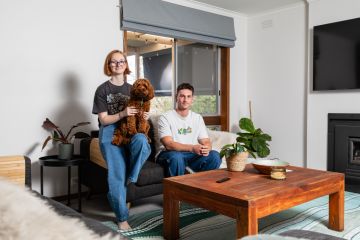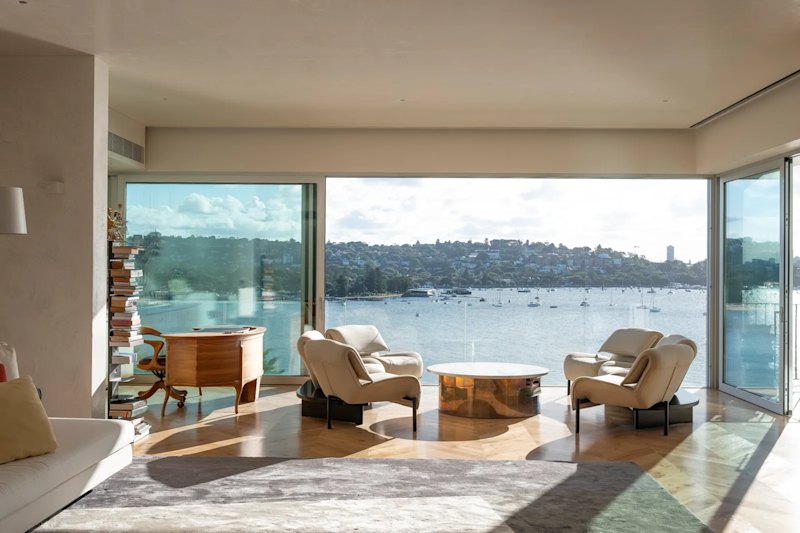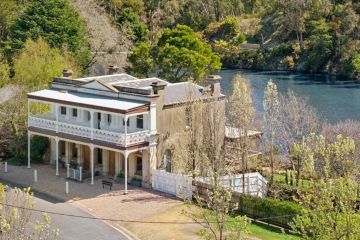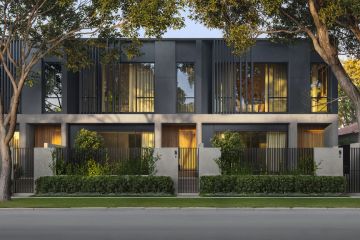What colour should I paint my house exterior?
Siana asks:
I am looking at painting my house but can’t decide on a colour. I want to be different from the neighbours (whose houses are all grey!) but don’t think a colour is the right option either.
Jane says:
You’re right that a neutral coloured exterior is probably the best option when painting your home. Colours do tend to date very quickly where as neutrals tend to stand the test of time a bit better.
There are some stunning neutral colours available but they can be hard to spot on a tiny two centimetre square sample in a paint shop! If you see a house in a colour you love, knock on the door and see if they know what it is. I’ve seen hundreds of colours on houses so can guage what will look great and what won’t, but unless you have this experience, selecting a colour can be a danger zone! It really is best to consult a specialist to make sure it’s all going to look as you’d imagined.
Interestingly I had a client only yesterday ask if she should do a red fence (the answer was no, given the style of the house she owned!). However, the way to resolve this dilemma of not wanting to look like every other house on the street remains the same;
Use texture and pattern to differentiate, instead of colour. What I mean by that is instead of having a red fence for instance, create a fence with an interesting texture and shape to it. This might involve using some contrasting materials with different textures and possibly even colours (all neutral of course).
Adding a contrasting trim colour to your home can also give it a lift, without you necessarily needing to repaint the entire house. Depending on the style and existing colour of your home, this could be a light colour such as white, off-white or light grey – or a dark colour such as charcoal, black or a very dark chocolate brown. An in between sand or mid grey colour might also work.
Another thing I love to do is use landscaping to add colour and texture. I tend not to suggest flowers so much, but a variety of plant species which provide a broad range of colours, shapes and textures.
Linear looking plants add more structure and a contemporary feel to a garden, where as plants with rounder leaves tend to soften the appearance of a space.
The trick is to find contrasting textures and materials to offset one another and balance each other out. For instance, a brick home can be very hard and chunky in appearance and this can be softened with the use of soft looking plants. On the other hand, a more contemporary feel can be created with linear plants (grasses, Cordylines etc). An in-between species like a Xanadu can be used as a structural plant that also can soften a space.
Jane Eyles-Bennett is a Brisbane Interior Designer and the founder of Hotspace Consultants. She has over 20 years interior design experience and her business has helped over 500 home owners and property investors in the past 7 years alone.
We recommend
States
Capital Cities
Capital Cities - Rentals
Popular Areas
Allhomes
More







